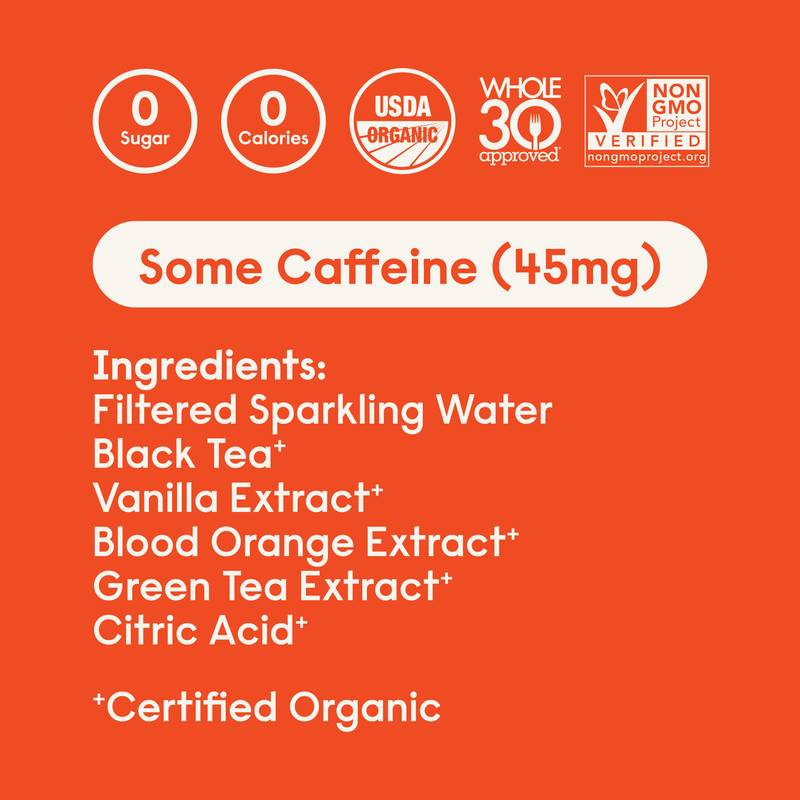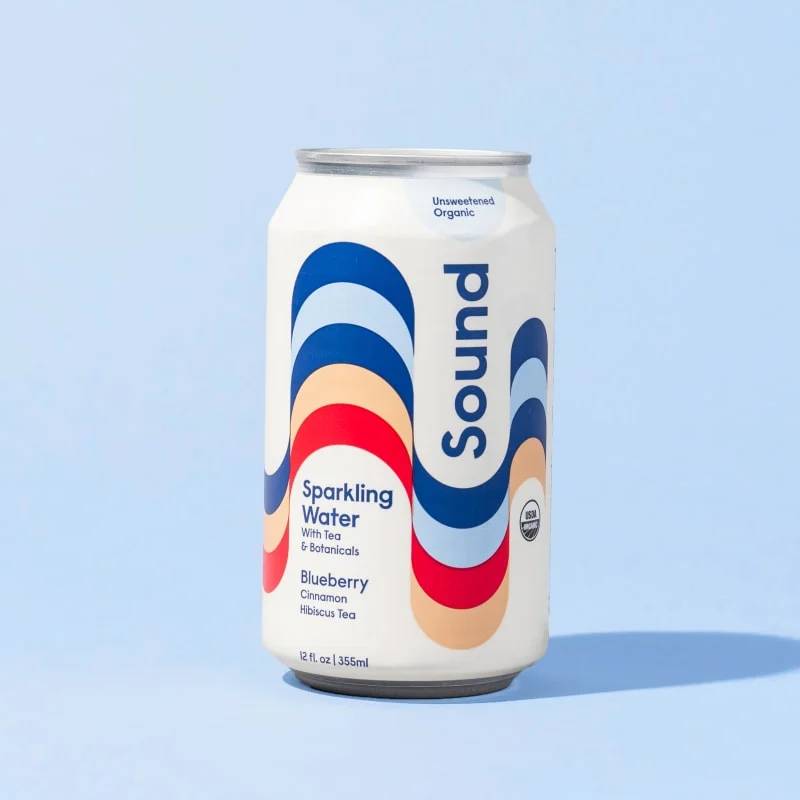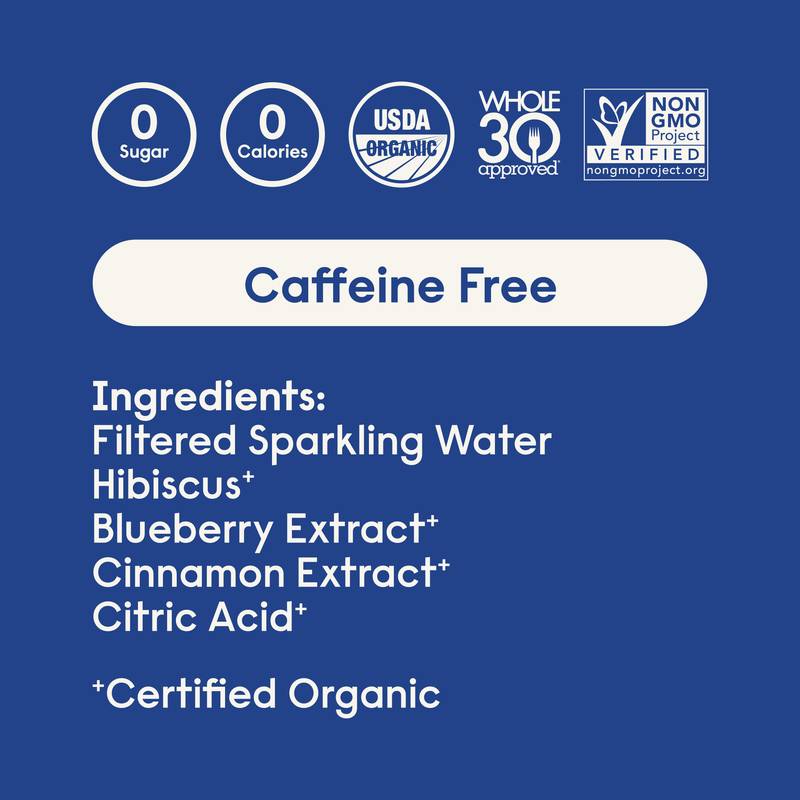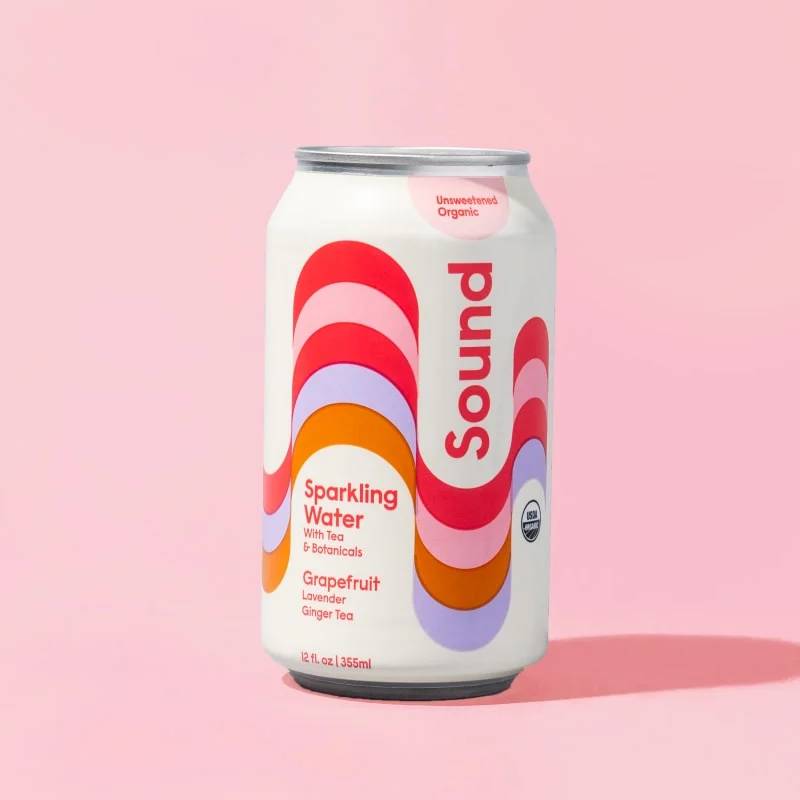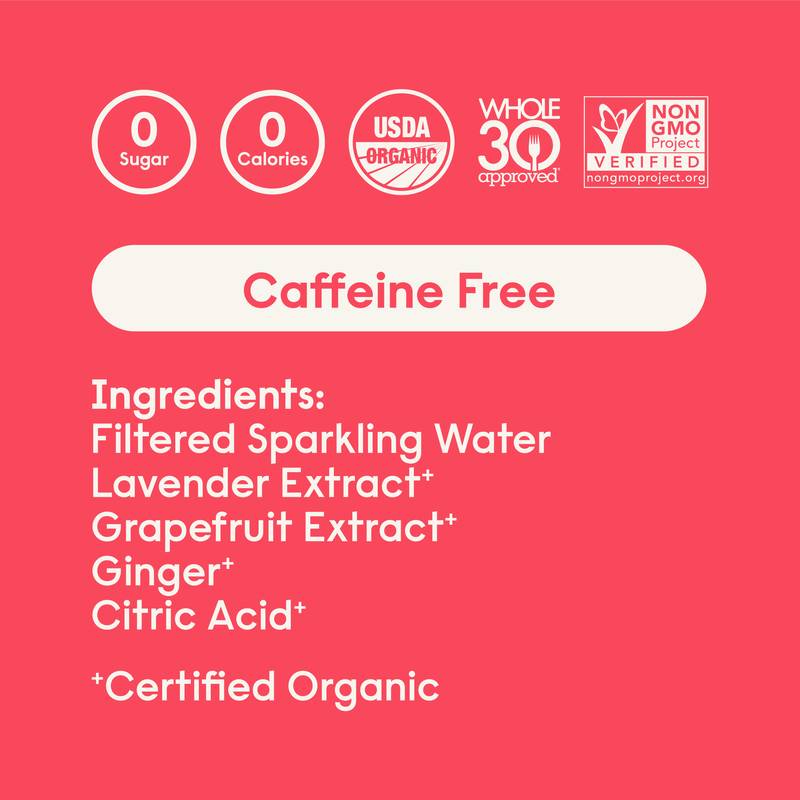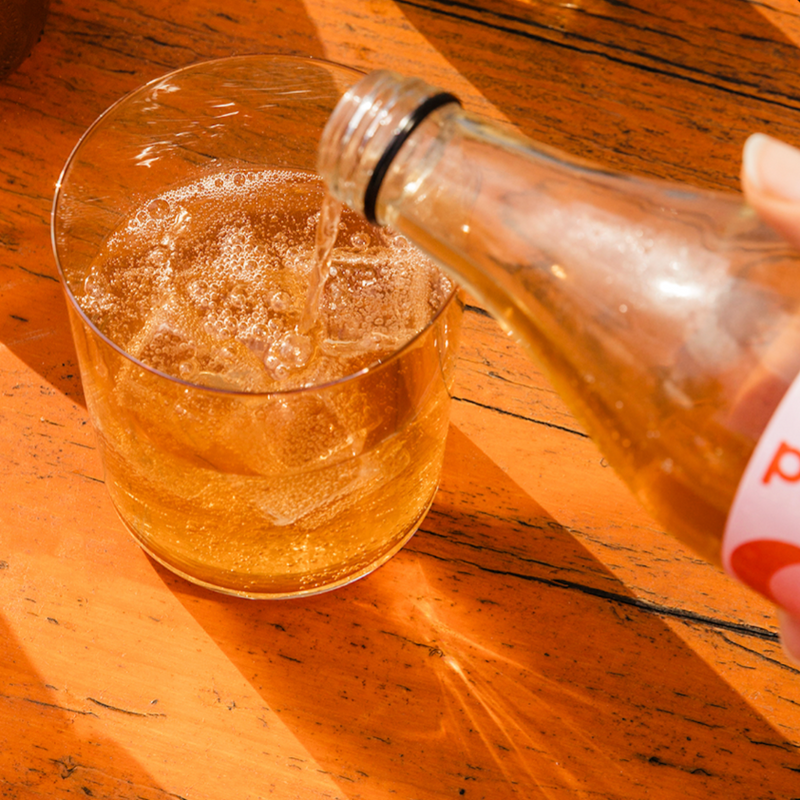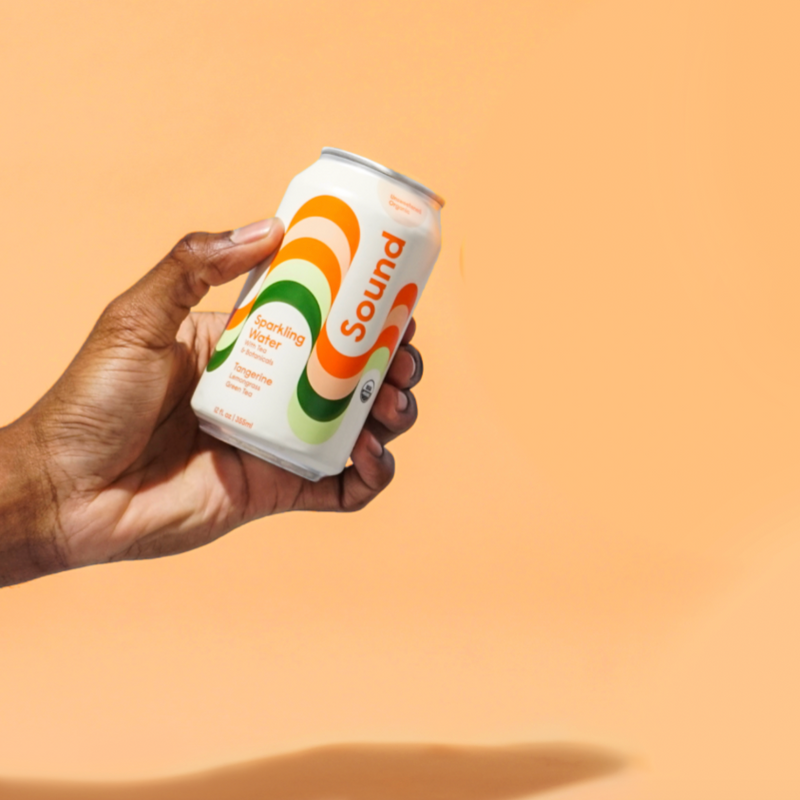The rates of obesity in children and teens just about tripled in the 1980s and 90s, climbing from 5 to 15%; this increase has remained ever since, actually even rising most recently to 18.5%. In fact, the most recent reviews show that one in three US children is either overweight or obese. And we know the trickle down effects that obesity has on overall health. Not only is obesity in children associated with a greater likelihood of developing psychosocial problems like depression, but it also increases the chance for developing chronic diseases that harm heart health, like high blood pressure, high cholesterol and type 2 diabetes. Research finds that children who develop obesity are more likely to remain obese in adulthood, so we feel that finding ways to reduce that risk from childhood should be top of mind, as they have so many lifelong benefits for our kids.
Why are the rates of childhood overweight and obesity so much higher than they were a few decades ago?
The short answer: more processed food, less home cooking and less movement. Generally speaking, children are eating fewer whole foods so less fiber and antioxidant-rich fruits and veggies. There’s less home cooking and instead, more grab-and-go. Although there are definitely healthier ‘fast food’ options these days, most of them are not fueling our bodies. In addition to this, children are more sedentary on screens of various forms and mindless snacking has become an issue. Even if kids are more sedentary once they get home, school days used to include some time of guaranteed movement. However, fewer and fewer schools require recess potentially because of the pressure from increased standardized testing; this is actually very counterintuitive. Check out this interesting article on the benefits of recess not only physically but also cognitively and emotionally.
What can we do to create change?
Our interview with Marion Williams, the National Program Director of Wellness in the Schools (more on this organization below 👇) taught us many things, one of the most important being that it’s crucial to look at what you can do from both a wide and narrow lens.
-
Look at elections and advocate for people who view school food change and movement as important. Advocate for people who aim to provide more resources to educators and other school staff, so that there is greater ability to create that positive change in nutrition and physical activity within schools. In Marion’s words, “these people and organizations coming into the school need more of a platform.”
-
Start at home. Sometimes it can feel less daunting to start in your very own school district. Look for wellness policies within your district and advocate for programs there. Make it the norm to speak up in order to get those nutrition & movement programs instituted and funded where you are. Marion recommends going to town halls to see what’s happening in your community, as this is another great way to determine the best ways to get involved.
-
Support. Oftentimes, the lack of physical resources is one of the major barriers to change within these schools and communities. Besides supporting the institution of actual programs (like those below) to help create positive change for our kids, check in to see what you can do to help provide better raw ingredients and training within those schools.
-
If you’re a healthy food or beverage brand or someone within the wellness / fitness community, consider getting involved in your school communities. Help support organizations that are doing the work by lending a helping hand and being vocal about the need for change.
Organizations like Wellness in the Schools are taking action. Wellness in the Schools began in 2006 and officially launched their program ‘Cook for Kids’ in 2007 in three schools in NYC. The following years, that program expanded into many more schools within the NYC area and then the fitness-based ‘Coach for Kids’ program was instituted in 2010. Wellness in the Schools has since expanded to Florida, California, DC and New Jersey. When COVID hit in 2020, they took their classes virtual while partnering within communities to help bring meals to children who were so dependent on receiving meals when at school. We are clearly so proud to be a longstanding partner with Wellness in the Schools.
Curious on how you can support Wellness in the Schools? Click here to get connected.

